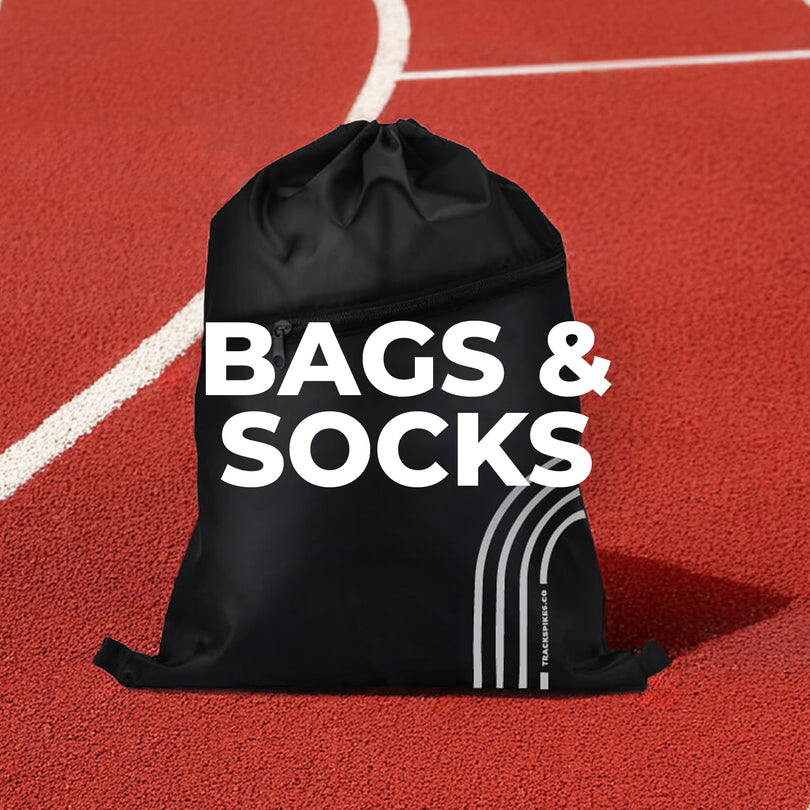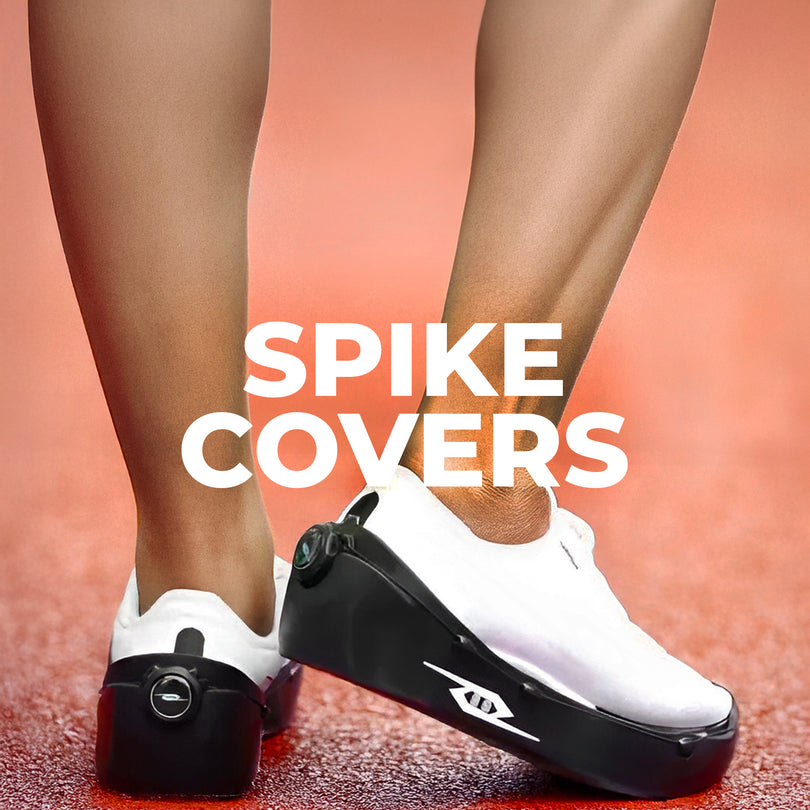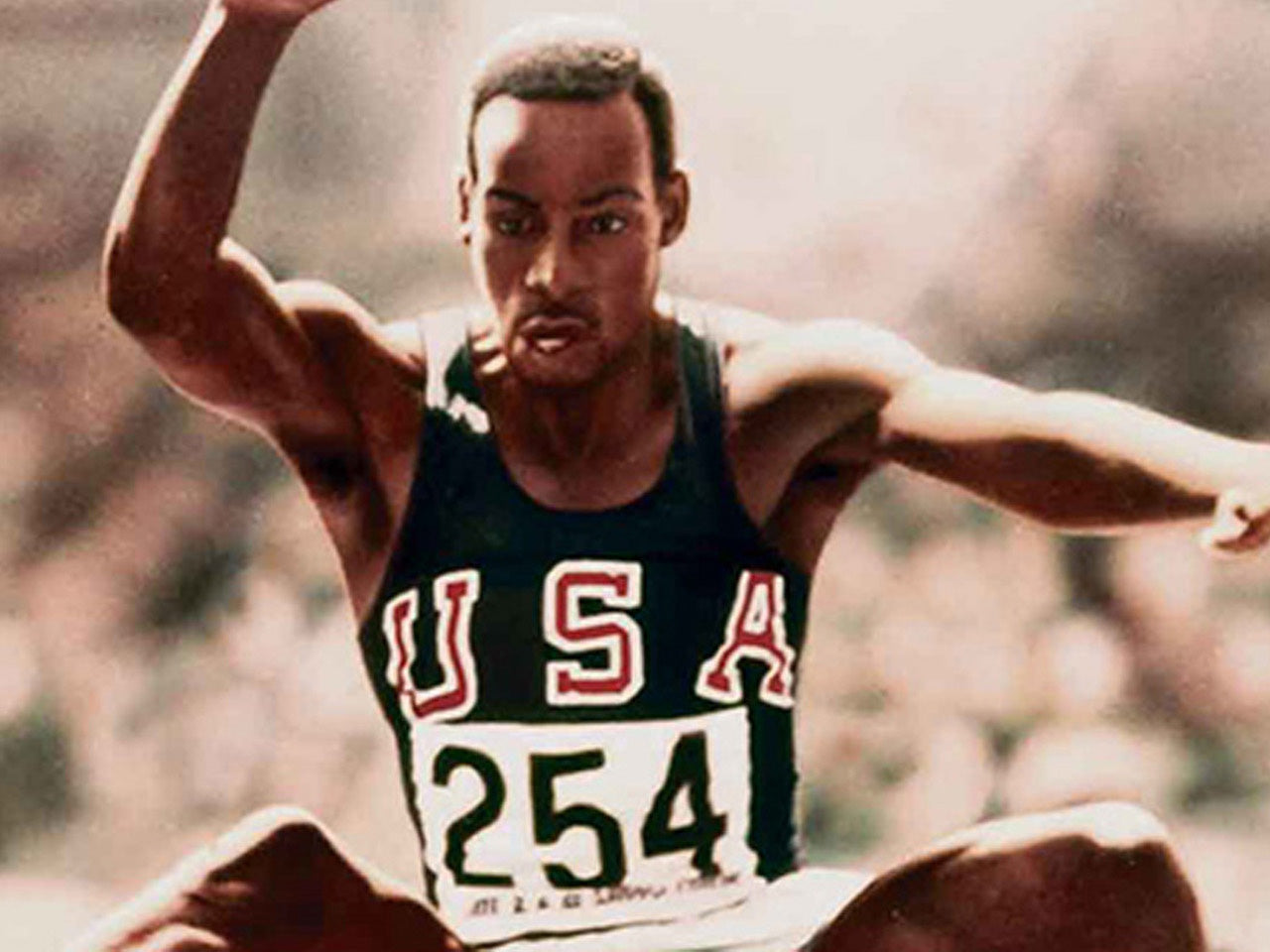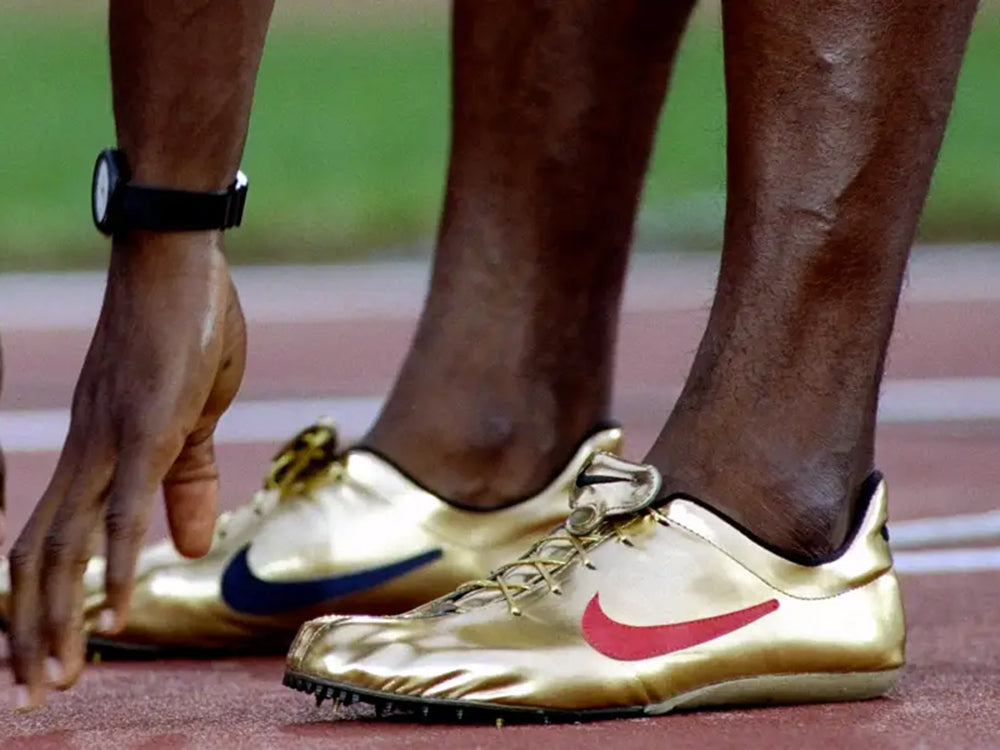When it comes to game changing innovations, footwear is at the forefront of “here today, gone tomorrow.” Materials and manufacturing practices have completely transformed the sport forever, and this transformation continues to occur, over and over again.
Some of these innovations stick around for a while, while others are just a blip on the market and then disappear forever into the discount bins of obscurity. Think about the Converse Heliums. When was the last time you heard someone mention a pair of those? Or even more obscure, the Adidas Springblades.

Not every innovation is going to be a game changer. Still, every now and then, shoe manufacturers come up with a new material or manufacturing technique that quite literally changes the shoe market. Let’s take a look at some of the materials that have changed the running shoe market over the last few decades.
Materials
There have been a lot of materials that have come and gone from the shoe market over the last handful of decades. Some were used by a single manufacturer, while others were adopted by multiple manufacturers. Some lasted for a single season, and others have stuck around for decades before disappearing from the shoe market.
Carbon Fiber
One of the most dynamic materials added to shoe technology in recent years has been carbon fiber. Lightweight, strong, flexible, and with a massive return of energy, carbon fiber has completely revolutionized footwear, especially in the realm of what we now refer to as “super shoes.”
By embedding a carbon fibre plate in the midsoles, runners can achieve significant gains in running economy - up to 4% in some studies, which can translate to minutes shaved off a marathon or a few hundreds from the 100m. This is caused by the return of energy from the carbon plate with each stride.

Nearly every marathon and track record since 2018 has been set by a runner wearing carbon shoes. If you are serious about your race times, wearing super shoes on race day is a must.
Pebax
The other half of the recipe that makes super shoes such a game changer is the inclusion of Pebax based foams, which are a family of high performance thermoplastic elastomers known for their flexibility, strength, and lightweight properties.
Pebax is what gives super shoes their “springy” and “cloud-like” feel, as it is even more responsive than foams that have been around for a while, such as EVA or TPU. It is also more durable and resilient, making it a superior material overall compared to its counterparts.
Since it provides so much more cushioning than previous foams, runners also recover faster, thanks to lower impact forces and improved running economy.
HiFoam
HiFoam is a proprietary foam compound utilized in certain high-performance running shoes. It was designed to provide a balance of softness and responsiveness, aiming to enhance comfort and energy return during a run.
HiFoam features a dual-density midsole design, comprising a softer upper layer for enhanced comfort and a firmer bottom layer that facilitates energy return.
While not yet prevalent in major brands, its development signifies the continuous innovation taking place behind the scenes in the running shoe sector.

EVA Foam
When it was first released back in the 1970s, EVA Foam was a market changer. It offered shock absorbing cushioning that was also lightweight, and upon its release, it became the standard in running shoes, a position it maintained throughout the 1980s.
The Nike Tailwind was one of the first shoes to hit the market with EVA foam, introducing the world to Air sole cushioning, a technology they still offer today, almost 50 years later.
As newer, lighter, and more responsive materials are developed, the running shoe market will continue to evolve in response. Shoes will continue to get lighter and faster, runners will keep getting faster, and world and course records will continue to fall. What we call “super shoes” today may simply be an average running shoe a few years down the road.

















